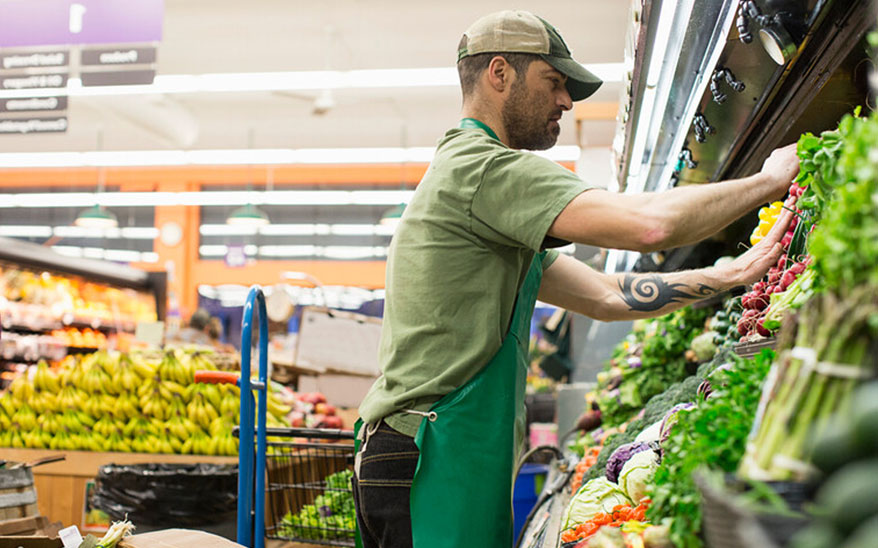Retail Recalibration Key to Success in Hybrid Customer Era
- October 11, 2022
Manhattan Associates Inc. (NASDAQ: MANH) has announced the findings of its latest international research, highlighting the need for retailers to keep up with the pace of evolving consumer expectations. It also revealed a retail landscape where the lines between physical and digital commerce are becoming increasingly blurred.
The global retail industry has grown accustomed to disruption. Over the past decade, it has witnessed seismic structural shifts as the sector transformed for the digital era and the pandemic upended shopping habits further, thrusting billions of consumers into a more digital world.
Recalibrating omnichannel
We are witnessing a period of evolution and recalibration, as it becomes increasingly difficult to distinguish between physical and digital retail.
“Shopping habits have changed forever,” commented Ann Sung Ruckstuhl, Manhattan’s senior vice president and chief marketing officer. “There can be no return to the status quo, with 83% of global retailers now claiming they operate a level of interconnection between their online and in-store functions.”
“As the retail industry recalibrates for this next normal, the ability to navigate disruption, while enhancing the physical and digital customer experience will become increasingly important; as will the technologies that allow retailers to fulfil in-store and online orders in an agile, sustainable and profitable fashion,” Ruckstuhl continued.
A single view of inventory
When it comes to fulfilment, the ‘one size fits all’ approach no longer works, and retailers are reacting to this.
Natalie Berg, retail analyst, author and founder of NBK Retail added, “While the vast majority of globally surveyed retailers stated that they have a level of interconnection between their online and in-store functions (83%), specifically in the US only around half are offering buy in-store and return online (52%), or buy online and return in- store (55%). And, only 3% of US retailers believed that they had an accurate overview of their inventory across their entire business (in-store and online) 100% of the time.
“Shoppers today expect to shop on their own terms with 80% considering the comfort of home delivery as the most important delivery method, 40% choosing click & collect, followed by contactless/curbside pickup at 34%. US shoppers are also looking for instant gratification with 30% considering same day home delivery very important. These findings highlight the importance of offering consumers choices when it comes to fulfilment options and the need for retailers to possess a single view of inventory, as keeping that all important customer promise just got a whole lot more complicated,” Berg commented.
This is clearly in sync with the priorities of the retailers since they listed checking stock availability (66%) as the most important customer-facing duties performed by their shop assistants. In-store handheld devices provided a consolidated view of inventory across the network - shops, distribution centers, in-transit (77%), and view of customer transactions online and in-store (73%).
Modern stores mirror the modern consumer
Almost a quarter of consumers (26%) now expect shop assistants to be able to check availability in a nearby store if a product is out of stock, or order that product for home delivery or collection (15%), highlighting the blending of the physical and digital retail spaces.
Ruckstuhl continued: “Interestingly, almost two-thirds (66%) of retailers agreed that checking stock availability was a top customer-facing duty performed by their shop assistants in 2022. Consumers also want more digital self-service. While 31% of consumers still favor traditional sales checkout in-store, 29% would like to use self-checkout on the shop floor, or use digital methods such as Scan and Go (12%), or checkout with a shop assistant via a mobile device (6%).
“Over the last decade bricks & mortar spaces were seen as liabilities in a digital era. However, the perception of the physical store has been fundamentally changed by the impact of the pandemic.
“Today, many retailers are reevaluating the roles of their stores, recognizing their added value as strategic hubs for online sales, not least as a fulfilment hub for click & collect, returns, endless aisles, same-day delivery and more. While digitalization and frictionless shopping are certainly two of the big winners from the pandemic, the research shows that we should not be too quick to discount the importance of human interaction or the role of the physical store in the era of digital commerce,” finished Ruckstuhl.





